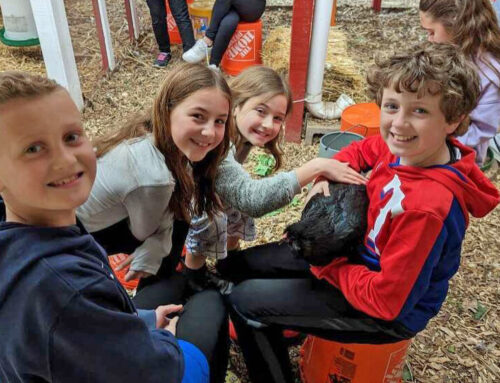In 1993, Realtor Harry Morgan sold his first
“A $200,000 buyer in ’93 had a lot of choices,” in
That’s not necessarily the case anymore. While 10 years ago a million-dollar home was an anomaly in our neighborhood, today it’s more common. In the past year, 14
This relatively new trend is taking root mostly in
“[The numbers] alone should tell you something,” says David McGee, a residential real estate appraiser and neighborhood resident. “That has taken us several years to get to.”
And, according to some people, it’s about time.
Take John Whiteside, who moved to
“My son, who was about 10 at the time, said ‘Look dad, real houses,’” says Whiteside, a Coldwell Banker Realtor.
After that drive, Whiteside decided to focus on selling homes here. In the mid-’80s, selling prices averaged around $200,000 on Lakewood Boulevard and Tokalon, Whiteside says, and he thought the historical homes were undervalued. So he hired a consultant to conduct a demographic study of
Not long afterward, Whiteside made his first attempt at selling a
“No one thought I could do it,” Whiteside says.
But he says he did, and his prediction of escalating values appears to have been spot on. So far this year, seven houses on
A NEIGHBORHOOD THAT SELLS ITSELF
Ours isn’t the only neighborhood experiencing a boom. Many neighborhoods south of LBJ Freeway are becoming popular, says City Councilman Bill Blaydes, who serves on the council’s Economic Development and Housing Committee.
Yet our neighborhoods, in particular, seem to be leading the pack right now.
“We have everything
According to people who follow the local real estate market, no one factor can be attributed to the increased housing values in our neighborhood.
Downtown
“[Suburban homeowners are] starting to come back,” Blaydes says. “They had to drive too far. It’s too expensive to do that. If you work inside that circle (LBJ Freeway), you want to be inside that circle.”
Add to that the neighborhood’s rolling hills, big trees, historical homes and a proximity to area attractions such as White Rock Lake and the Dallas Arboretum, and you can start to see the appeal to homebuyers, especially those who grew up in suburbs.
City Councilman Gary Griffith, who represents a portion of our neighborhood, points out that there are also good public and private schools nearby, and he says East Dallas crime rates dropped 22 percent last year. If homebuyers feel safe and can educate their children in good schools, the neighborhood sells itself.
“It’s certainly paying off,”
Finally, Morgan says, our neighborhood’s real estate market benefits from a halo effect from the Park Cities and Preston Hollow, Morgan says, where asking prices can easily surpass $2 million or more.
“The inflation in those markets is pulling people over here,” Morgan says.
TEARDOWNS AND BEYOND
Where do teardowns fit in all this? Well, those same people who would come to East Dallas instead of Preston Hollow or the
Add to that the fact that teardown properties in our neighborhood can be had for substantially less than in Preston Hollow — where the land alone can now cost $600,000 to $800,000 — and you can start to see why new-home buyers are pouring into our neighborhood in bigger numbers.
Many of the new construction homes are priced in the $800,000 to $900,000 range — some already have sold for more than a million — and they will continue to increase in value, Morgan says. Which means simply that the number of million-dollar homes for sale in our neighborhood could continue to swell.
“We’re hearing, more and more, the Upper East Side,” says Sheryl Wesson, manager of the Ebby Halliday Realtors Lakewood office, of the comparison sometimes made between New York City’s residential hot spot and our neighborhood.
Yet Wesson says the market is becoming more balanced, with homes taking a little longer to sell than in the past several years when East Dallas was a sellers’ market. Then, houses often sold within a few weeks, and it wasn’t uncommon for sellers to entertain multiple offers. Many people heard about higher asking prices and the “hot” market, and tested the water by asking for a really high price.
Which all means that while million-dollar homes are now undeniably part of East Dallas’ landscape, dramatic annual price increases are probably not.
Though the real estate market is tough to predict, McGee says, “it may be changing as we speak.”
After all, he says: “How many people can afford a million-dollar house?”





